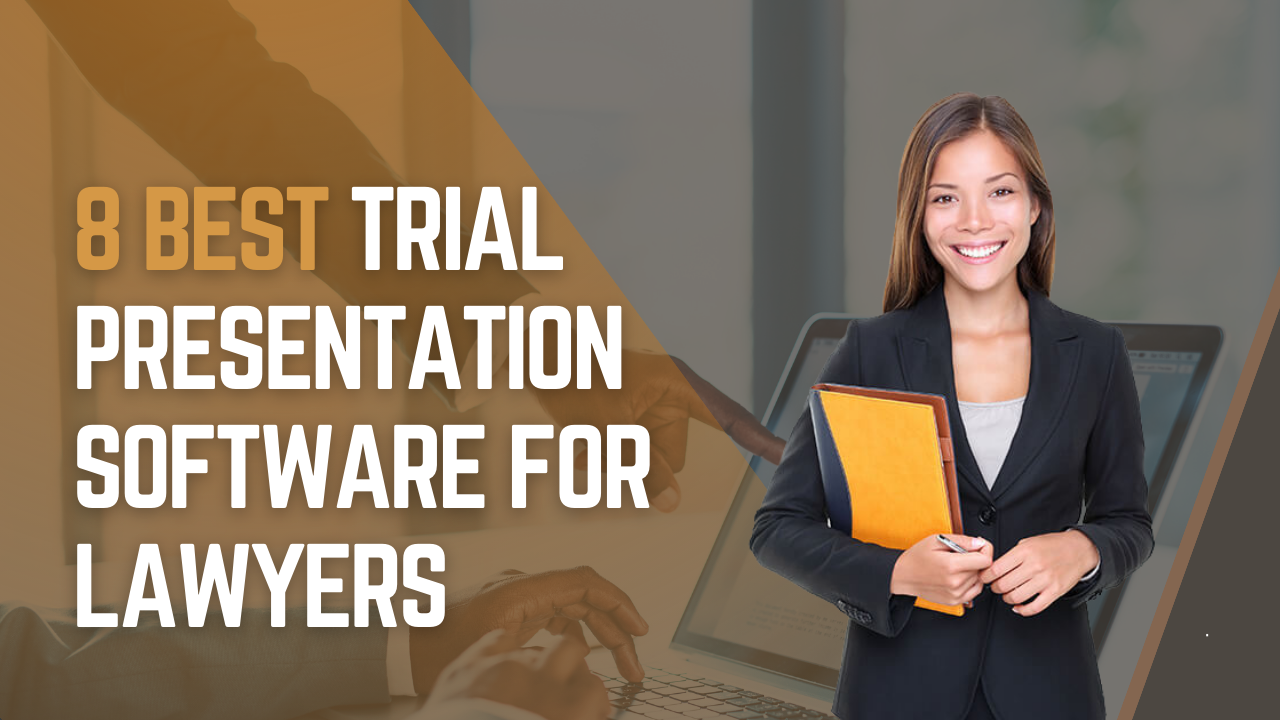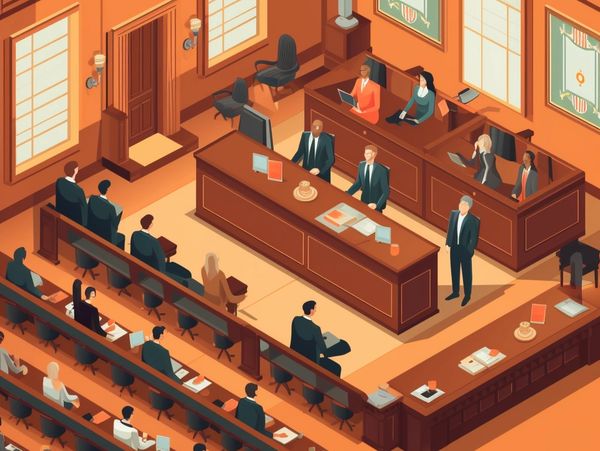Leading Techniques for Creating Impactful Trial Presentations in Courtroom Settings
Leading Techniques for Creating Impactful Trial Presentations in Courtroom Settings
Blog Article
Navigating the Complexities of Trial Presentations: Tips for Seamless Delivery and Compelling Debates
In the realm of lawful process, the art of test discussion stands as a crucial determinant of success. As attorneys navigate the intricate web of courtroom dynamics, the capability to effortlessly supply debates and proof while mesmerizing the court's interest ends up being vital. The intricacies inherent in test presentations need a delicate equilibrium of strategy, skill, and skill. By refining techniques that make certain a refined delivery and crafting engaging arguments that resonate with the audience, legal experts can dramatically improve their campaigning for. In a world where persuasion preponderates, mastering the details of test discussions is not just an alternative but a necessity for those seeking to prevail in the courtroom.

Recognizing Trial Goals
To successfully browse a test, it is important to have a clear understanding of the purposes that require to be achieved. Before entering the court room, legal teams have to specify their goals and wanted results. These objectives function as leading principles throughout the test, forming strategies and affecting decision-making procedures.
Recognizing trial purposes includes an extensive evaluation of the instance, legal precedents, and the client's benefits. Trial Presentations. It needs a thorough examination of the truths, determining key concerns, and preparing for prospective challenges. By setting specific and measurable objectives, attorneys can customize their arguments and discussions to align with the preferred results
Additionally, a clear grip of trial purposes makes it possible for legal teams to focus on evidence, witnesses, and lawful disagreements efficiently. It permits the development of a systematic story that resonates with the discretionary, reinforcing the total situation presentation.

Organizing Evidence Efficiently
Having a clear understanding of test goals lays the structure for organizing evidence successfully in legal process. By lining up the discussion of evidence with the wanted results of the test, legal groups can enhance their arguments and improve their persuasiveness.
Another crucial element in arranging evidence properly is establishing a sensible flow. Offering evidence in a sequential and systematic manner can aid build an engaging story that supports the lawful arguments being made. Furthermore, making use of visual help such as timelines, charts, or graphes can further improve the company of evidence and help in clearing up intricate connections or series of occasions.
Furthermore, making sure that all proof presented is acceptable and appropriate to the situation is necessary. Irrelevant or inadmissible proof can take away from the strength of the argument and potentially hurt the reputation of the presenting party. For that reason, a careful testimonial and option procedure should be carried out to include only the most lawfully audio and impactful evidence in the trial presentation.
Crafting Persuasive Stories
Crafting compelling narratives plays a critical function in providing influential debates throughout lawful process. A well-crafted story has the power to astound the target market, stimulate feelings, and ultimately sway the decision for today party. When constructing a narrative for a trial discussion, it is necessary to establish a clear story that highlights key factors and attaches them in a systematic fashion. Begin by laying out the realities of the instance in an engaging way, making sure that the sequence of events is easy to follow. Present personalities successfully, supplying background information that helps the target market recognize their inspirations and actions. In addition, integrating vibrant descriptions and engaging language can bring the story to life, making it a lot more unforgettable for the click here to read discretionary. By weaving together evidence, testament, and lawful disagreements into a influential and natural narrative, lawyers can effectively support for their customers and raise the likelihood of a beneficial outcome in the court room.
Grasping Aesthetic Help
Effective usage of aesthetic aids is crucial to boosting the impact and clearness of test presentations. Visual help, when made use of strategically, have the power to simplify intricate details, reinforce crucial factors, and leave a lasting perception on the discretionary. To understand visual aids in trial discussions, it is critical to ensure that they are clear, concise, and appropriate to the look at this website debates being made.
When including visual aids, such as graphes, photos, charts, or timelines, right into a test discussion, it is important to keep them visually appealing yet professional. The visuals ought to match the verbal arguments, supplying an aesthetic depiction of the details being reviewed without frustrating the target market with unneeded information.
Additionally, exercising with the aesthetic help in advance is essential to ensure a seamless delivery throughout the test. Acquainting oneself with the material, shifts, and timings of each visual aid can aid keep the circulation of the presentation and avoid technical problems that might develop.
Providing Impactful Closing Arguments
An engaging closing argument offers as the culmination of a test presentation, enveloping the core narrative and convincing the court and jury in the direction of a beneficial choice. Begin by describing the major disagreements that sustain your client's setting, stressing why the evidence offered throughout the trial sustains your story.
Furthermore, incorporating sob story can even more reinforce your closing argument. By connecting and humanizing the situation on an individual level with the decision-makers, you can evoke compassion and understanding, affecting their perception of the truths offered. Additionally, repeating the lawful standards that should be fulfilled for a favorable ruling can strengthen the legitimacy of your position. Eventually, a well-crafted closing disagreement need to leave a lasting perception, engaging the court and court to regulation in your customer's favor.
Verdict
To conclude, understanding trial presentations involves comprehending objectives, arranging evidence, crafting narratives, using visual aids, and providing impactful closing disagreements. By carrying out these methods successfully, attorneys can provide their situation effortlessly and make compelling arguments in the courtroom. It is essential web to navigate the complexities of test discussions with precision and skill to achieve success in lawful process.
By lining up the presentation of evidence with the wanted end results of the test, legal teams can reinforce their disagreements and improve their persuasiveness (Trial Presentations). To master aesthetic help in trial presentations, it is crucial to make certain that they are clear, succinct, and appropriate to the arguments being made
An engaging closing disagreement serves as the culmination of a test presentation, encapsulating the core story and convincing the judge and court in the direction of a desirable decision. Begin by outlining the main arguments that sustain your customer's position, highlighting why the proof presented throughout the trial supports your story.In verdict, mastering trial presentations includes recognizing objectives, organizing evidence, crafting stories, making use of aesthetic aids, and delivering impactful closing disagreements.
Report this page